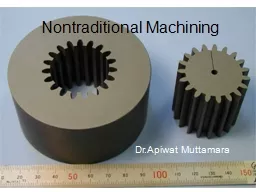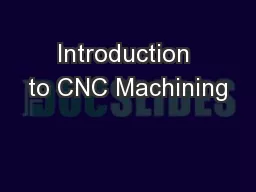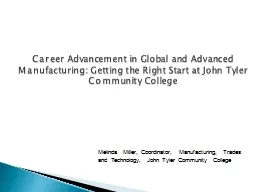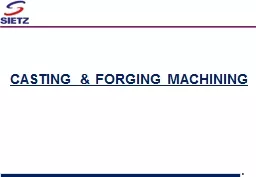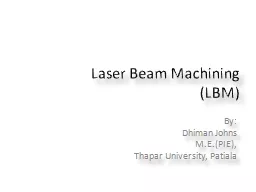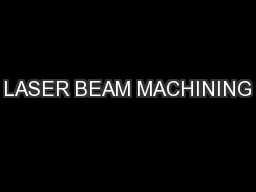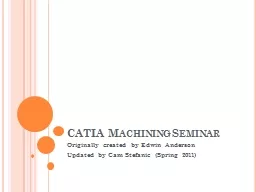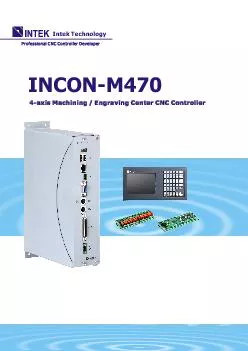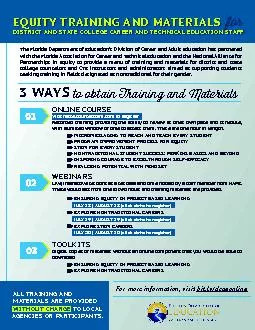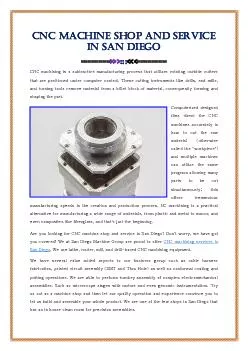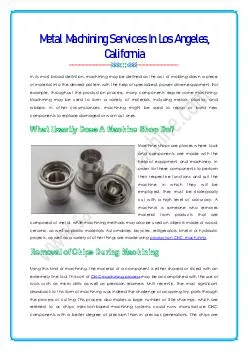PPT-Nontraditional Machining
Author : tatyana-admore | Published Date : 2017-07-06
DrApiwat Muttamara Review of Machining Machining is a generic term applied to material removal processes Traditional machining turning milling drilling grinding
Presentation Embed Code
Download Presentation
Download Presentation The PPT/PDF document "Nontraditional Machining" is the property of its rightful owner. Permission is granted to download and print the materials on this website for personal, non-commercial use only, and to display it on your personal computer provided you do not modify the materials and that you retain all copyright notices contained in the materials. By downloading content from our website, you accept the terms of this agreement.
Nontraditional Machining: Transcript
Download Rules Of Document
"Nontraditional Machining"The content belongs to its owner. You may download and print it for personal use, without modification, and keep all copyright notices. By downloading, you agree to these terms.
Related Documents

